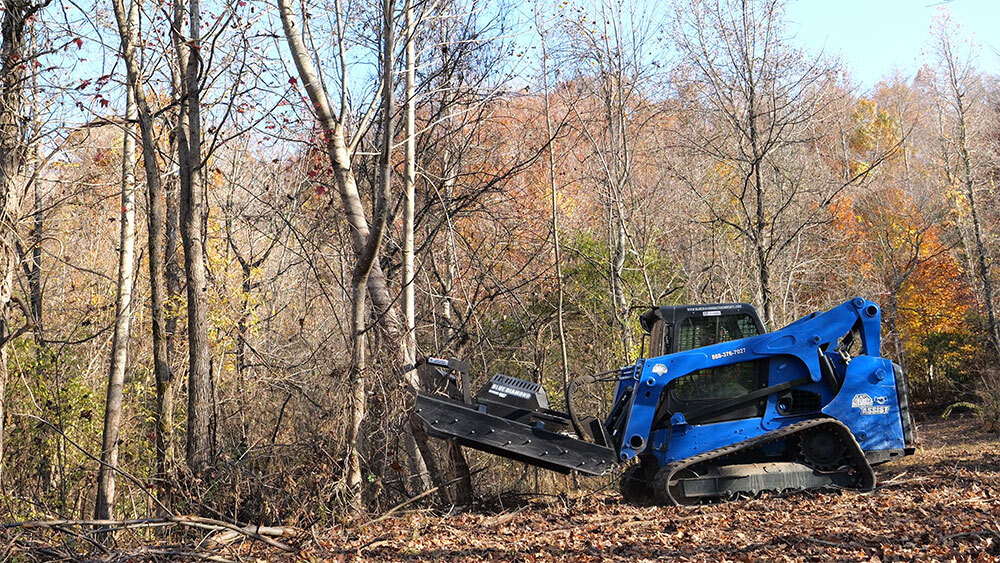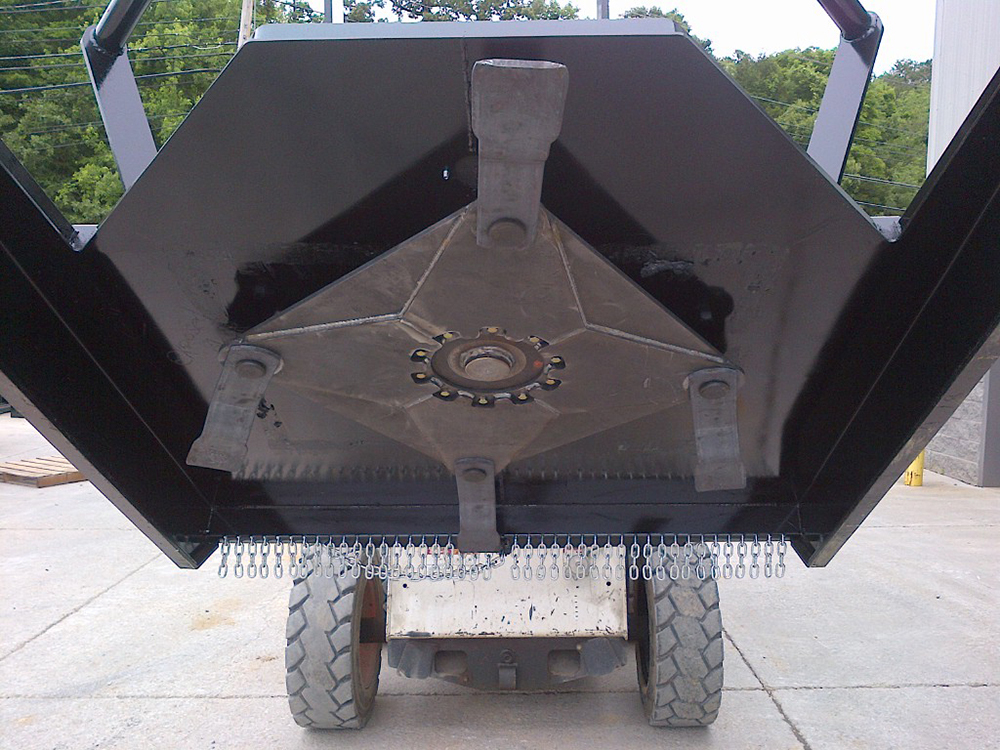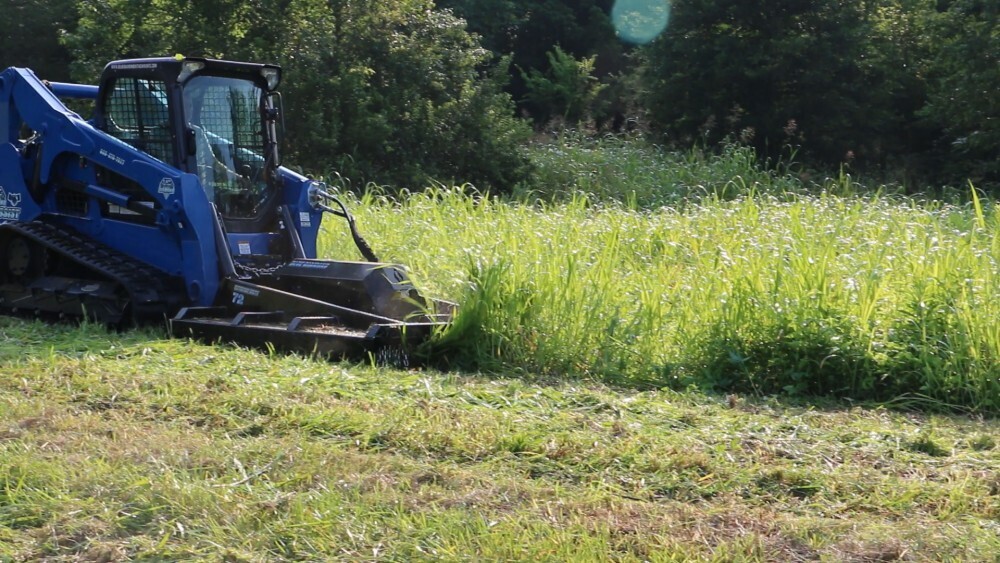Helpful Hints for Brush Cutter Use and Maintenance
Posted on: December 19, 2023

When maintaining your brush cutter, you need to make sure that you are always using genuine replacement parts including brush cutter blade kits, bolts, nuts, and more! Brush cutting is a tough and sometimes unpredictable business. Even if you have all the perfect tools, there are parts that you will need to replace.
Early on, when we started first producing brush cutters, a customer told us that "if you do any amount of brush cutting, you will break something." And while we have spent years improving our design to be more robust for heavy commercial use, we offer replacement parts for when you need to maintain your brush cutter!
Read on to discover a number of proactive things that can help keep you from unnecessary maintenance, down time, and expense!
Use the Right Brush Cutter for the Job!
Do you have the right brush cutter for the job? Often times we see customers begin with a less expensive unit because, "they are only doing light work." Then the neighbor sees how good it works and asks to borrow the unit to clear heavier brush. Make sure you are always working within the manufacturer's recommendations!
Always Inspect the Working Area!
Carefully inspect the area you will be mowing to find hidden objects, especially if it is the first time you are clearing this location! One customer I know ran up on a 3-point hitch attachment half buried in the ground. He was moving full speed, without ever inspecting the area, and not only did he injure himself, but the brush cutter was almost a complete write off.
Even the smallest of things can wreak havoc on a cutter. Take fence wire as an example; this is a major killer for brush cutters and very time consuming to remove.
Inspect your Brush Cutter Frequently!
Inspect your brush cutter thoroughly before each use. Due to the nature of the industry, every part of the brush cutter will see stress. Pay close attention to blades, nuts, and bolts as operators need to replace these parts often. Blue Diamond® offers genuine replacement bolts, nuts, and cutter blade kits that are great to keep on hand in our parts store!
Use Good Practice with Hydraulic Connections and Flow to Extend Your Motor's Life

Be sure hydraulic connections are free of debris before connecting them. Hooking up the hydraulic couplers is an opportunity to introduce dirt and debris into the hydraulic system on your host machine and your cutter, which could lead to further internal problems.
Check the hydraulic flow range of the host machine and your cutter, to be certain you are operating within the safe operating range. Now that a few skid steers can run high flow through standard flow couplers, operators must take extra precaution to ensure that they are not over pressuring brush cutters not set up for high flow.
Run the cutter as consistently as possible. Continuously starting and stopping the blades or switching directions without stopping the unit drastically reduces the life of the motor. Using the continuous flow function can help with this issue.
Treat Your Blades Well for the Most Longevity Possible!
Check your blades every few hours of use, especially if working in a rocky area or cutting larger brush. If you consistently cut brush in tough environments, you may need to replace your blades at a faster rate. Making sure your blades are in good condition means that you will experience a clean cut and smoother operation.
Note that increasing flow and turning the blades too fast can cause permanent damage and create a severe safety hazard!
If you aren't sure what kind of blades your brush cutter uses, you can contact our Product Support Team to find out!

Work Within your Brush Cutter's Limits!
Do not push the brush cutter excessively to the point it is continuously bogged down or on the edge of bogging as this can create unnecessary heat. If the cross-port relief valves are constantly opening, then heat is created and problems will follow.
Always make sure to keep the deck clear of extensive build up especially around the motor area to allow proper cooling.
The vast majority of damage is preventable. That rush to finish a job may cost you far more in parts and downtime than you were going to make. It is worth the time and effort to inspect your equipment and treat it well.
